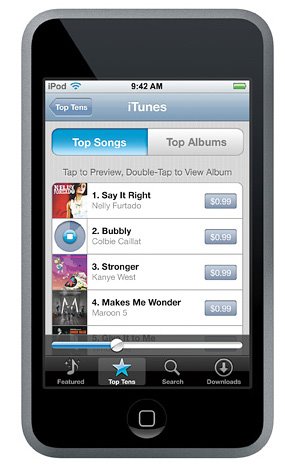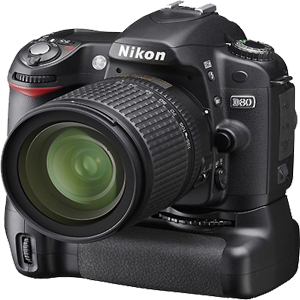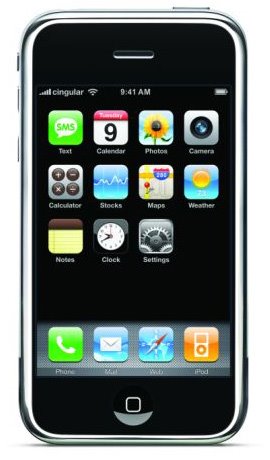| Adobe Photoshop Basics | |
Let's continue our exploration of the Photoshop workspace. There are four main counterparts to the Photoshop workspace: the menu bar, the status bar, the toolbox, and the palettes. We've already covered the menu bar and the status bar. In this lesson we'll be learning about the toolbox. Since this is a general overview of the toolbox, the materials here are useful for any version of Photoshop.
| ||
| ||
The contents of the Graphics Software site are copyright © Sue Chastain and About.com. These pages may be printed for personal reference, but they may not be distributed or republished for any purpose without prior written permission. Please see the About.com User Agreement for more information.
The Toolbox
 You got a jump start on learning about the zoom tool while we were studying the status bar in the last section. Now let's explore more of the Photoshop toolbox. If you have the Quick Reference Card that came with Photoshop, it would be a good idea to locate it now. If you cannot locate a copy, Version 6.0 users can find a PDF file of the Quick Reference card on the main level of your Photoshop installation CD. Version 5.x users can find a diagram of the toolbox and all hidden tools on page 25 of the Photoshop 5.0 User Guide.
You got a jump start on learning about the zoom tool while we were studying the status bar in the last section. Now let's explore more of the Photoshop toolbox. If you have the Quick Reference Card that came with Photoshop, it would be a good idea to locate it now. If you cannot locate a copy, Version 6.0 users can find a PDF file of the Quick Reference card on the main level of your Photoshop installation CD. Version 5.x users can find a diagram of the toolbox and all hidden tools on page 25 of the Photoshop 5.0 User Guide.
Take a few moments now to familiarize yourself with the tool names using the tooltips. Use the shortcuts you've just learned to explore all the hidden tools. As you select each tool, note the hints provided in the status bar area for each tool. Don't worry about using each tool for now; we'll get to that soon enough. For now, you should just get to know the tool locations and their icons.
This is a convenient place to mention a few more shortcuts for modifying the workspace appearance. Feel free to try them out as you read. When in either of the full screen modes, you can toggle the menu bar on and off with the Shift-F key combination. In any screen mode you can toggle the toolbox, status bar, and palettes on and off with the Tab key. To hide only palettes and leave the toolbox visible, use Shift-Tab.
The last button on the toolbox is for moving your document to ImageReady. We will not be exploring ImageReady in this course.
Before we move on to the palettes, let's review what we learned about the toolbox:
- An arrow indicates a flyout of hidden tools.
- Each main tool has a single letter keyboard shortcut assigned to it.
- The Shift key combined with a tool shortcut allows you to toggle the hidden tools.
- D = resets the foreground color to black and background color to white.
- X = swap foreground and background colors.
- F = toggles screen modes
- Shift-F = Turns menu bar on and off in full screen modes
- Tab = toggles the toolbox, status bar, and palettes on and off
- Shift-Tab = toggle only the palettes on and off





0 comments:
Post a Comment